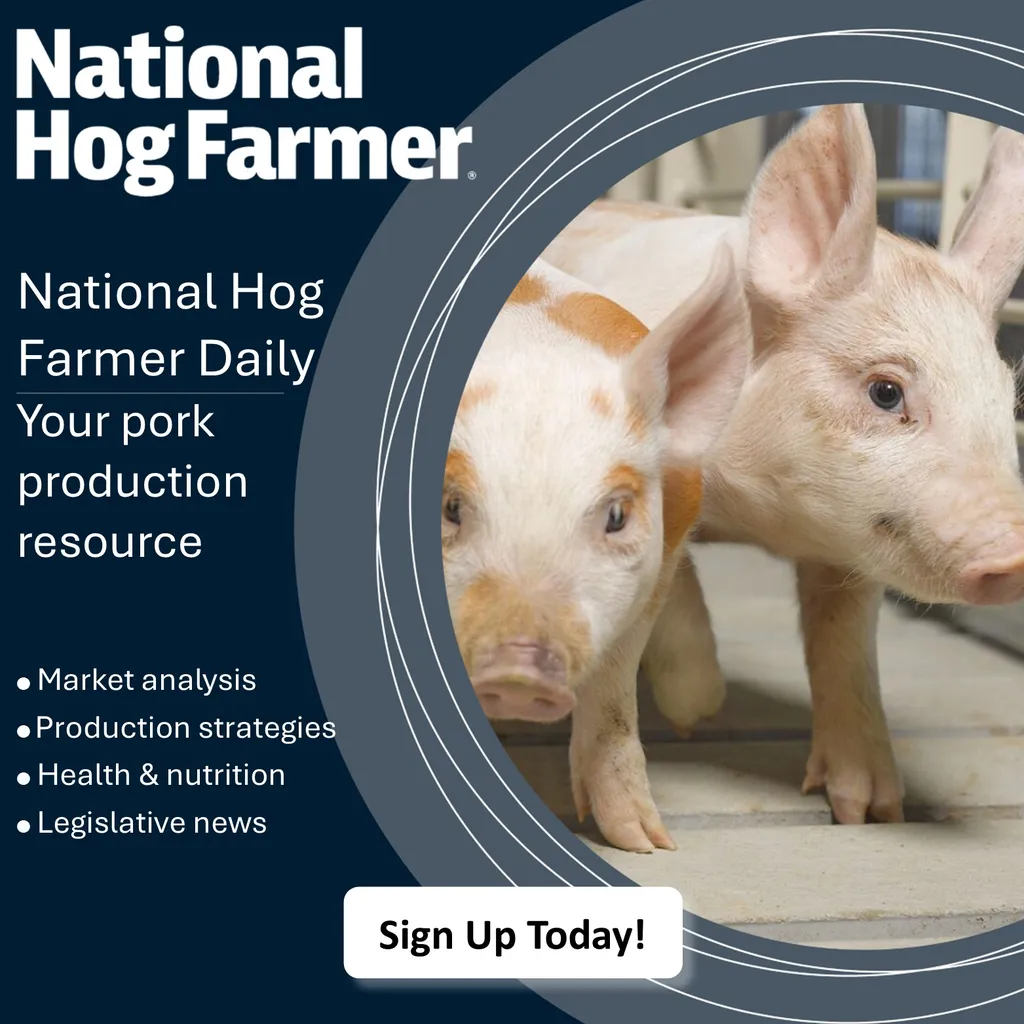In the relentless pursuit of safeguarding livestock health, researchers have made a significant stride with the development of rapid detection methods for Actinobacillus pleuropneumoniae, a bacterium responsible for severe respiratory infections in pigs. This breakthrough, published in the *Journal of Integrative Agriculture*, could revolutionize disease management and bolster the agricultural sector’s resilience against economic losses.
The study, led by Haoran Kang from the National Key Laboratory of Veterinary Public Health and Safety at China Agricultural University, introduces recombinase-aided amplification (RAA) assays that can detect the bacterium in real-time using fluorescence and lateral flow dipsticks. These methods offer a swift and accurate diagnosis, crucial for controlling the spread of the disease and minimizing its impact on pig farms.
Actinobacillus pleuropneumoniae is a notorious pathogen that causes pleuropneumonia in pigs, leading to high mortality rates and substantial financial losses for farmers. Traditional detection methods often require sophisticated laboratory equipment and trained personnel, making them less accessible for on-site testing. The RAA assays developed by Kang and his team address these limitations by providing a portable, user-friendly, and cost-effective solution.
“The RAA assays can be completed within 30 minutes, making them ideal for rapid on-site detection,” Kang explained. “This speed is critical for implementing timely interventions and preventing the spread of the disease within and between farms.”
The commercial implications of this research are profound. By enabling early detection and intervention, farmers can reduce the need for mass antibiotic treatments, which are not only costly but also contribute to antibiotic resistance. Additionally, the ability to quickly identify and isolate infected animals can prevent outbreaks, ensuring a more stable and predictable supply of pork, a staple protein source for millions worldwide.
The study’s findings also open avenues for further innovation in veterinary diagnostics. The RAA technology’s adaptability suggests it could be applied to detect other pathogens affecting livestock, enhancing overall disease management strategies. As the agricultural sector continues to grapple with the challenges of climate change, zoonotic diseases, and increasing demand for sustainable practices, such advancements are invaluable.
“The potential for this technology to be adapted for other diseases is exciting,” Kang added. “It represents a significant step forward in our ability to protect livestock and ensure food security.”
As the agricultural industry looks to the future, the development of rapid, reliable, and accessible diagnostic tools like the RAA assays will be pivotal. By integrating such technologies into routine farm management practices, the sector can enhance its capacity to respond to disease threats, ultimately safeguarding both animal welfare and economic stability.

